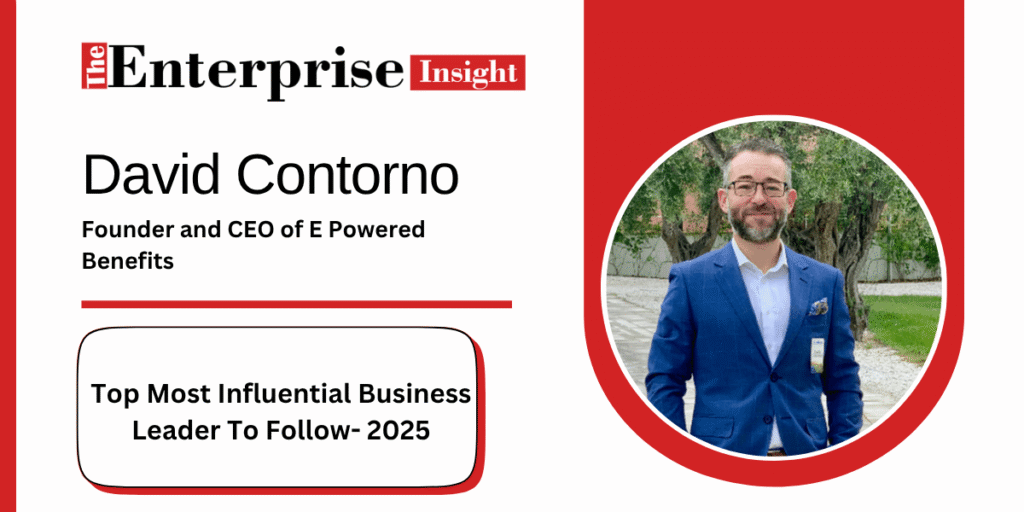Top 25 Most Attractive Female Celebrities of All Time
Beauty, talent, and charisma have defined the most attractive female celebrities who have mesmerized audiences all over the world. From the Hollywood legends to the modern-day icons, these women have created an indelible mark in the entertainment world with their ravishing beauty, exceptional skills, and magnetic personality.Beauty is more than how someone looks. It’s grace, it’s confidence, and it is charisma. Such women on that list did not only amaze us with the beauty of looks but left a mark on entertainment.Here is the list of 25 most attractive female celebrities of all time. 1. Audrey Hepburn– most attractive female celebrities A timeless epitome of elegance, Audrey Hepburn’s slender features, poise, and humility have been the epitome of Hollywood for decades. She portrayed her grace and sophistication in the movies Breakfast at Tiffany’s and Roman Holiday. 2. Marilyn Monroe– most attractive female celebrities She was the epitome of glamour, one of the most admired beauty icons, with blonde hair and a sultry voice. Some Like It Hot and The Seven Year Itch proved that she was, in fact, an unforgettable star. 3. Angelina Jolie– most attractive female celebrities With high cheekbones and piercing eyes, Angelina Jolie has been an eye-catcher for decades. Her humanitarian work and action movies like Tomb Raider are a testament to her strong presence. 4. Scarlett Johansson– most attractive female celebrities Scarlett Johansson is known for her captivating beauty and diverse acting roles. She has redefined Hollywood glamour with her stunning performances in Black Widow and Lost in Translation. 5. Gal Gadot An Israeli actress, Gal Gadot, is admired globally for her beautiful and charismatic appeal as Wonder Woman. She possesses a body which makes her one of the great icons of our times. 6. Priyanka Chopra A Global star and Ex-Miss World, Priyanka Chopra’s beauty with talent has established her as an influential figure among Bollywood and Hollywood. 7. Bella Hadid Scientifically speaking, Bella Hadid is the most beautiful woman in the world because of her symmetrical looks. She dominates the fashion runways all around the world because of her career as a model. 8. Zendaya Fresh and Modern Beauty A versatile beauty has won hearts. She has taken the fashion world and acting seriously. Her roles in Euphoria and Spider-Man have become household names. 9. Emma Watson Beyond her classic beauty, Emma Watson is respected for her intelligence and advocacy for women’s rights. Her iconic role as Hermione Granger in Harry Potter showed her natural elegance. 10. Margot Robbie Australian actress Margot Robbie has mesmerized audiences with her dazzling smile and impressive performances in The Wolf of Wall Street and Barbie. 11. Jennifer Lawrence She has an Oscar in her kitty as well as some very versatile performances in The Hunger Games and Silver Linings Playbook. 12. Natalie Portman The classic grace along with Harvard intelligence has made Natalie Portman the respected actress, as well as an enduring beauty icon, by her roles in Black Swan and V for Vendetta. 13. Megan Fox – most attractive female celebrities Megan Fox is known for her piercing blue eyes and sultry looks, making her stand out in Hollywood. She had one of the breakout roles as an actress when she appeared in Transformers. 14. Emma Stone With her red fiery hair and expressive eyes, the beauty and charm shine through in movies such as La La Land and The Amazing Spider-Man. 15. Sofia Vergara Colombine actress Sofia Vergara is lively and curvaceous, setting her apart as a standout for Modern Family and beyond. 16. Blake Lively – most attractive female celebrities Blake Lively exudes a shining presence, gleaming smile, and Gossip Girl and The Age of Adaline makes her a real beauty icon. 17. Charlize Theron A statuesque South African-born actress, Charlize Theron has excelled in some action-packed films, proving beauty and strength don’t have to be mutually exclusive. 18. Rihanna A music and style icon, exotic beauty and bold style, she has always distinguished herself in the entertainment world. Her confidence and creativity inspire further. 19. Mila Kunis Hollywood’s darling Mila Kunis has starred in films like Black Swan and That ’70s Show. Her bright eyes and natural charisma have earned her a lot of fans. 20. Salma Hayek Timeless beauty Salma Hayek, capturing the hearts and souls with the presence in the film Frida and Desperado, and undeniable allure and talent. 21. Beyoncé– most attractive female celebrities An international icon, Beyoncé has been a showstopper of beauty, poise, and voice in music. 22. Kate Beckinsale She is an attractive English beauty, with the sophisticated elegance that wins hearts, just like in movies Underworld and Pearl Harbor. 23. Adriana Lima One of the most famous Victoria’s Secret Angels, Adriana Lima’s exotic beauty and piercing blue eyes have made her a top supermodel. 24. Anne Hathaway Anne Hathaway is one of those actresses who brings a radiant smile and effortless charm to films such as The Devil Wears Prada and Les Misérables. 25. Jessica Alba Jessica Alba’s down-to-earth beauty has made her a favorite of Hollywood in movies like Fantastic Four and Sin City. Conclusion – most attractive female celebrities Beauty is more than how someone looks. It’s grace, it’s confidence, and it is charisma. Such women on that list did not only amaze us with the beauty of looks but left a mark on entertainment. Be it through performances or humanitarian efforts, they have impressed millions of fans across the world most attractive female celebrities. They did this through their performances, charity, or just through influence, and they could shape popular culture that inspired and influenced so many fans all around the world. From the iconic glamour of the golden age Hollywood actresses Audrey Hepburn and Marilyn Monroe to contemporary ones like Zendaya and Margot Robbie, every one of them brings in something different to the industry. Beauty has stood the test of time and is proof that true beauty manifests talent, passion, and self-confidence. As time goes by, these women will inspire the













